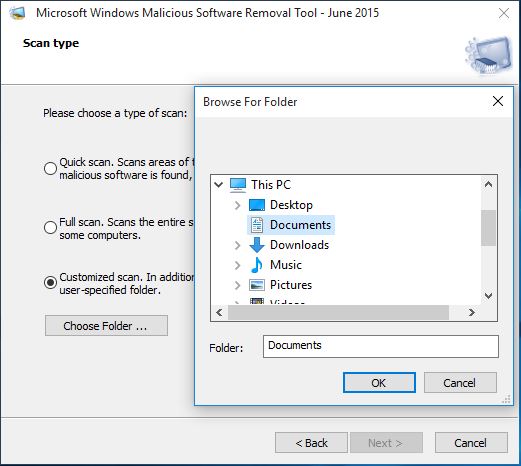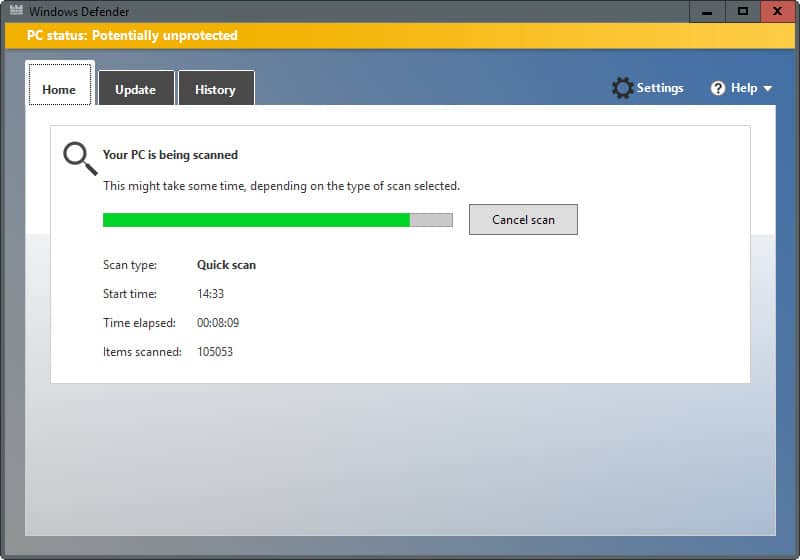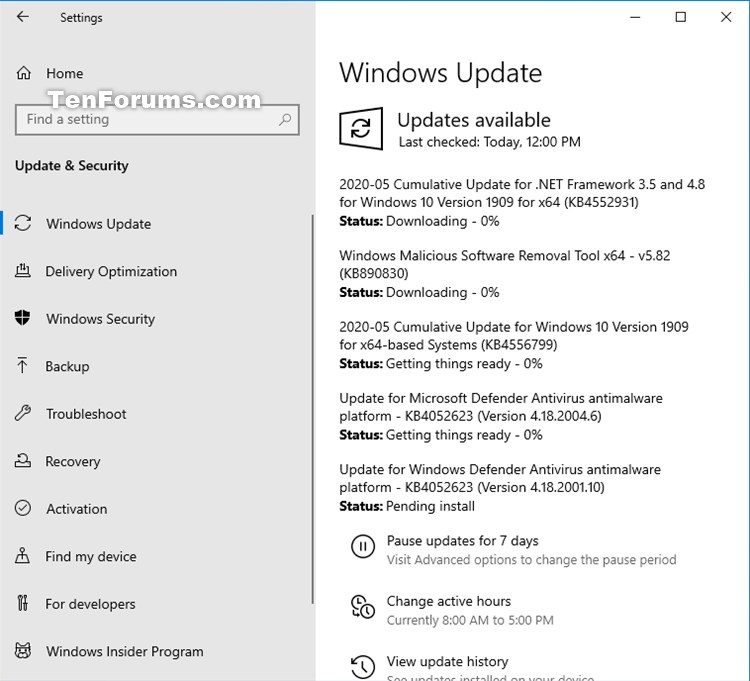

Then, right click on each update you just unchecked, and click Hide Update. Click on this, and in the screen that follows, uncheck it and any other updates labeled KB890830 that you notice. This is the MSRT update that you just rolled back. WU should have detected that at least 1 "important update is available". In the dropdown that appears, select the option to " Check for updates but let me choose whether to install them". Open Windows Update, and click on Change Settings in the sidebar. Restore to it, and wait for Windows to restart. Restore points are usually created by Windows automatically just before updates are installed, although it's possible it may not have done so. To begin with, open System Restore, and check whether a restore point was created before the Malicious Software Removal Tool was installed. Rolling back and removing the Windows Malicious Software Removal Tool update I'm hoping this will hopefully be useful to anyone else adversely affected by the latest update to MSRT's definitions list. What follows is a short guide to undo any adverse effects of the forced update, as well as to disable MSRT entirely, giving you the option of relying on time-tested, dedicated anti-malware and anti-virus offerings. In addition to this invasive approach to perceived threats, the tool doesn't appear in Windows Update's Installed Updates dialogue, effectively denying users the right to pass on what is both an invasive and inadequate tool, and it also reverted my UAC settings to the highest level. To help protect yourĬomputer, you should use an antivirus product.Īs it happens, the February update to MSRT's definitions list flagged tools that I had run for years with no problems - namely, the KMSPico activator for Microsoft Office - as being malicious, and removed them from my system without confirmation. Is not a replacement for an antivirus product. Your computer, you can download a copy from the Microsoft DownloadĬenter, or you can run an online version from. The next time that you start your computer. If an infection is found, the tool will display a status report

Infection by specific, prevalent malicious software (includingīlaster, Sasser, and Mydoom) and helps remove any infection that isįound. You may need to restart your computer for this update to take effect.Īfter the download, this tool runs one time to check your computer for

Windows Malicious Software Removal Tool 圆4 - February 2017 (KB890830) The Malicious Software Removal Tool (or KB890830) is a Windows malware-protection offering that updates and runs once a month, and proceeds to remove any threats it finds without user confirmation. In the early hours of February 24th GMT, Windows' automatic updates installed an update on my Windows 7 machine that included a definition update to the Malicious Software Removal Tool.


 0 kommentar(er)
0 kommentar(er)
